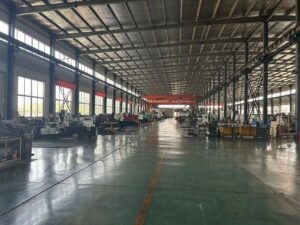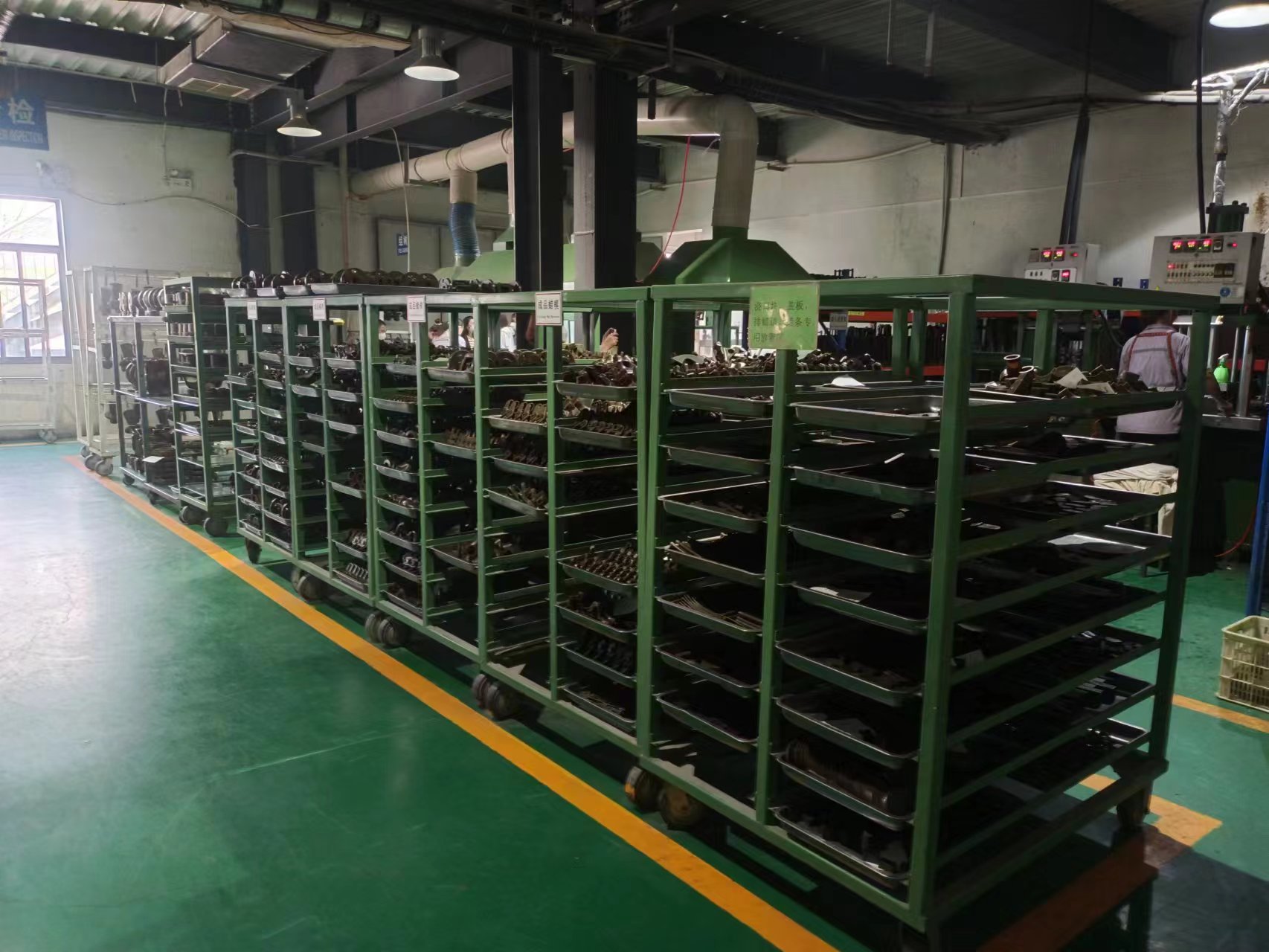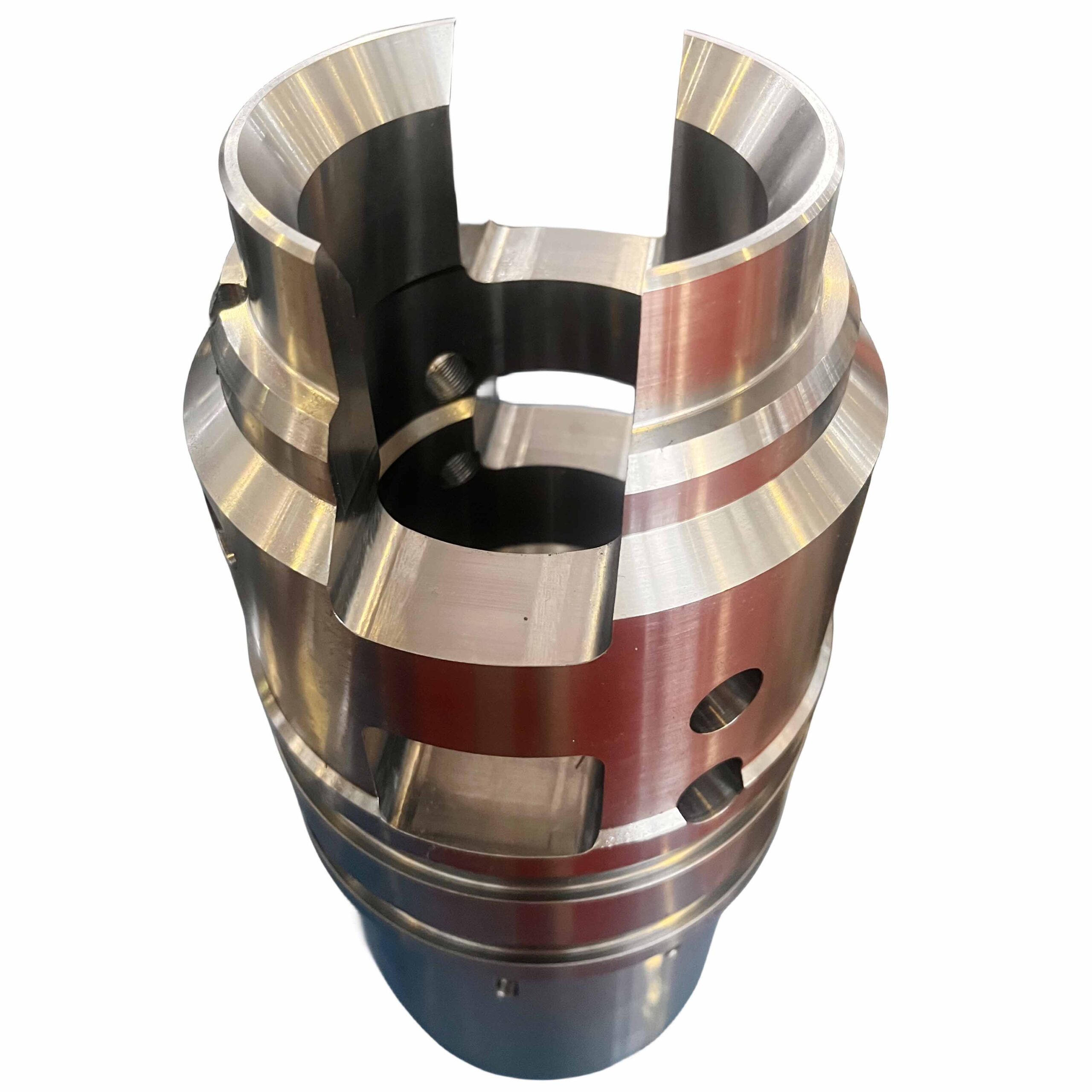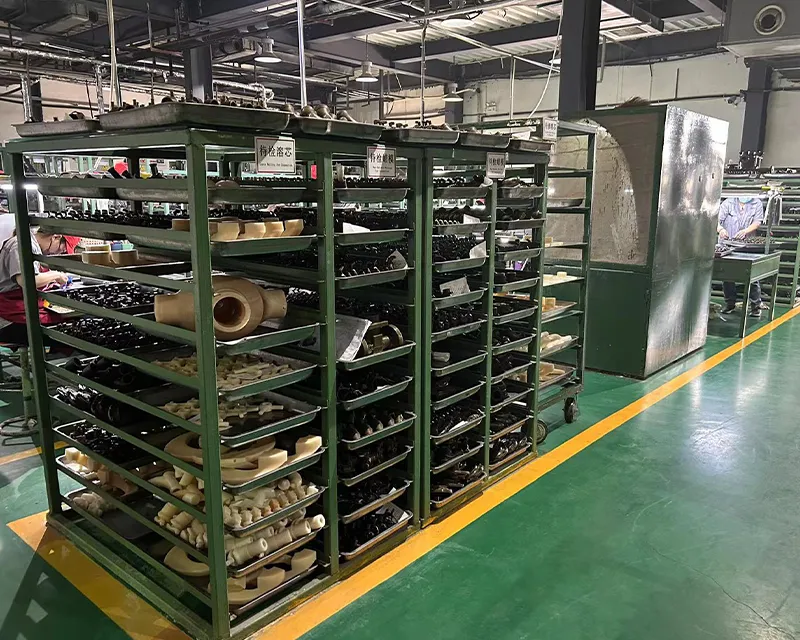
Gravity casting, also known as permanent mold casting or gravity die casting, relies on reusable molds (typically made of metal) to produce high-quality cast parts. Here’s a detailed breakdown of the mold and tooling aspects:
1. Mold Materials
Primary Material: Usually made of high-strength steel or cast iron (e.g., H13 tool steel) for durability and heat resistance.
Coatings: Applied to the mold surface (e.g., ceramic or graphite coatings) to improve heat dissipation, prevent metal sticking, and extend mold life.
2. Mold Design
Two-Part Mold: Consists of a fixed half (cover die) and a moving half (ejector die), clamped together during pouring.
Gating System: Includes sprue, runners, and gates to guide molten metal into the cavity smoothly.
Vents & Overflows: Allow air/gas escape and control metal flow to minimize defects (e.g., porosity).
Cooling Channels: Integrated to regulate mold temperature and solidify the casting efficiently.
3. Core Usage (If Needed)
Sand Cores: Used for internal cavities (in semi-permanent mold casting).
Metal Cores: For simpler geometries, removable after casting solidification.
4. Mold Manufacturing Process
Machining: CNC milling/EDM (Electrical Discharge Machining) for precision cavities.
Heat Treatment: Hardening (e.g., quenching & tempering) to withstand thermal cycling.
Surface Finishing: Polishing/texturing to achieve desired part surface quality.
5. Advantages of Gravity Casting Molds
Long lifespan (10,000–100,000+ cycles with proper maintenance).
High dimensional accuracy and surface finish compared to sand casting.
Faster production cycles due to rapid cooling in metal molds.
6. Common Applications
Automotive (wheels, pistons, cylinder heads).
Aerospace/industrial components.
Plumbing fixtures and hardware.
7. Maintenance Requirements
Regular cleaning to remove residual metal/coatings.
Inspection for cracks/warping due to thermal stress.
Re-coating to preserve surface quality.





